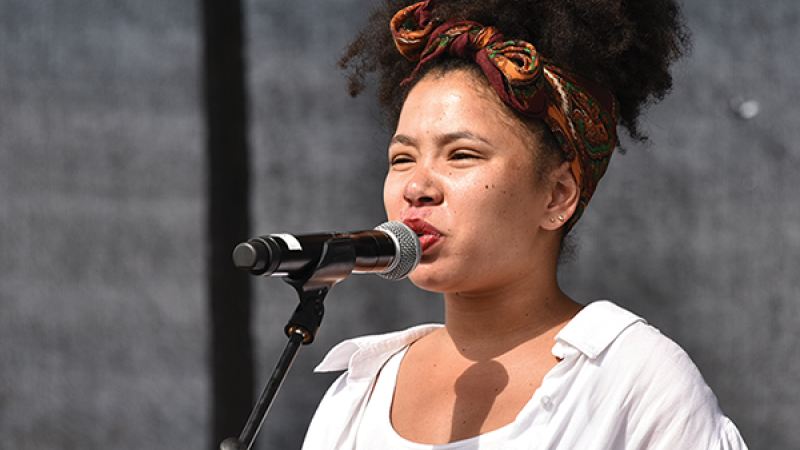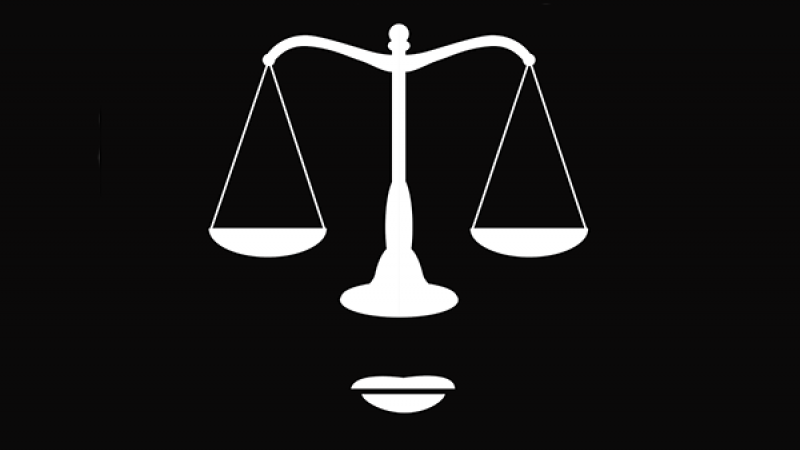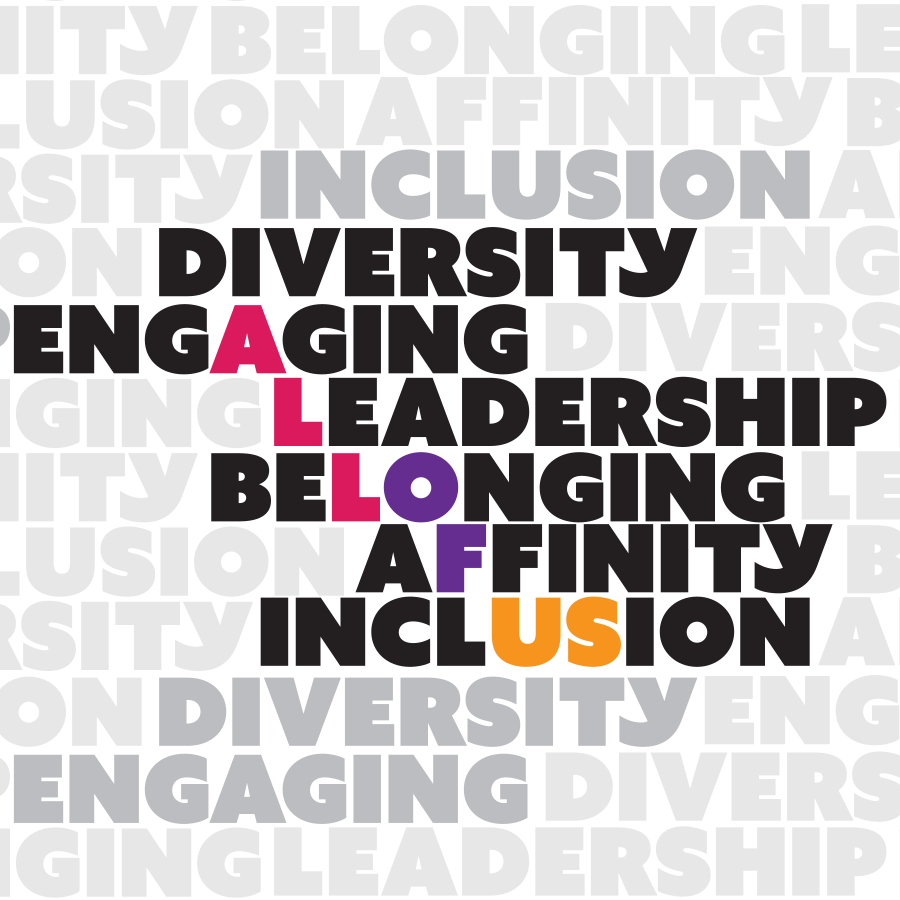
Today’s Campus Diversity and Inclusion Leaders
When Maurice D. Gipson talks to graduate students studying to be senior diversity officers, he doesn’t shy away from the truth. He explains that the role is anything but simple—but it’s vital: “You’re all crucially important,” he tells them.
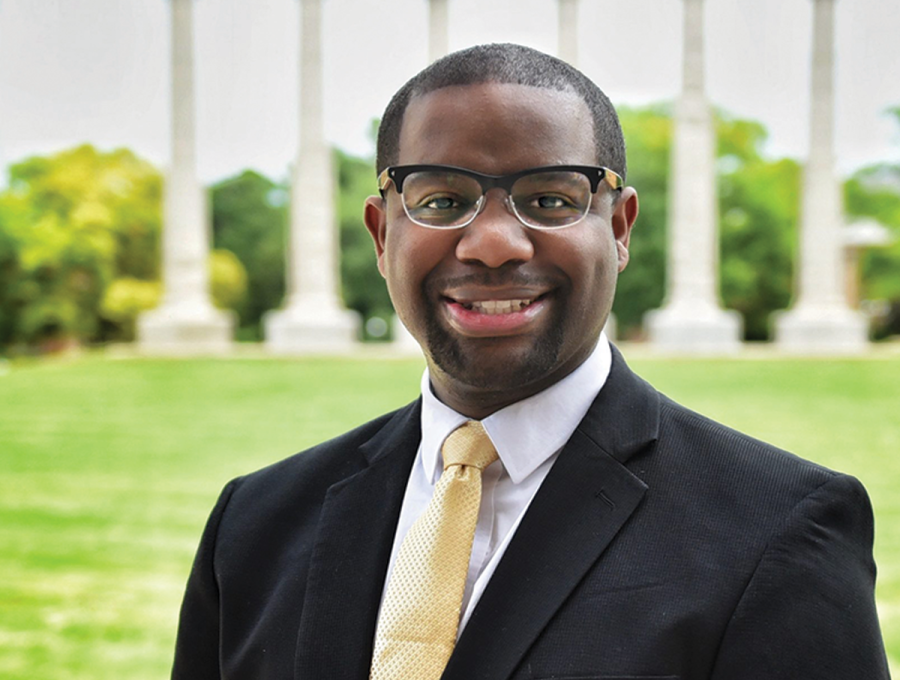
Maurice D. Gipson, Vice Chancellor of Inclusion, Diversity, and Equity, University of Missouri
In July 2020, Gipson became Vice Chancellor of Inclusion, Diversity, and Equity at the University of Missouri. Gipson has spent his career in higher education, starting out directing the annual fund at a historically Black college in Texas. Now, at Mizzou, he’s been working to streamline a 200+ page diversity plan into key priorities, like removing barriers to student success and fostering an inclusive, caring culture.
Institutions like Mizzou have been working on diversity, equity, inclusion, and belonging for decades, but Gipson and other leaders say the past two years have sparked a shift. Just a month before Gipson started, students took to Twitter to share stories of racism and discrimination with the #BlackAtMizzou hashtag. The 2020 racial reckoning and Black Lives Matter movement, campus protests, and pandemic pressures have changed the conversation about, expectations for, and nature of diversity leaders’ work.
Here’s what advancement professionals should know about diversity leaders’ roles in higher education today—and the future of DEIB work for development.
Defining the Chief Diversity Officer Role
Chief diversity officers are senior administrators charged with diversity-related organizational change, wrote Damon Williams and Katrina Wade-Golden in their 2013 book, The Chief Diversity Officer: “The CDO is an integrative role that coordinates, leads, enhances, and in some instances supervises capabilities of the institution in an effort to create an environment that is inclusive and excellent for all.”
CDOs are expected to have “the broad view of the institution,” explains Paulette Granberry Russell, President of the National Association of Diversity Officers in Higher Education. That includes athletics, curriculum, student affairs, and advancement. “As a CDO, there’s a wide array of work that I may not have necessarily developed a skill set in, but I have to have familiarity with the ways in which those impact the values in the mission of the university or the college.”
The CDO role isn’t new; colleges and universities originally created the role in the 1970s and 1980s as campuses diversified and launched minority affairs or multicultural offices. But CDOs have become more prominent in the past two decades as more institutions around the globe have focused on DEIB priorities and widening access to their institutions. For instance, Universities Canada found that as of 2019, 77% of universities had strategic plans that included DEIB. In the U.K., a 2021 Universities UK survey chronicled many universities’ work to address diversity issues and found that the “ownership of and accountability for” diversity and closing achievement gaps should sit with senior leaders. As of 2013, at least 60 colleges and universities had created a CDO position in the previous decade, according to Williams and Wade-Golden.
Big Scope, Limited Resources
Despite the increasing prominence of CDO positions on campuses, the CDO role can be ambiguous—and challenging. According to the 2017 Witt-Kieffer survey of CDOs, more than half the leaders surveyed reported being in the first five years of their position, and 62% said they were the first to hold the role. While 84% of respondents did not have an existing strategic plan to work with when they arrived at their institutions, most understood their responsibilities when signing on (59%), which included putting a plan into place.
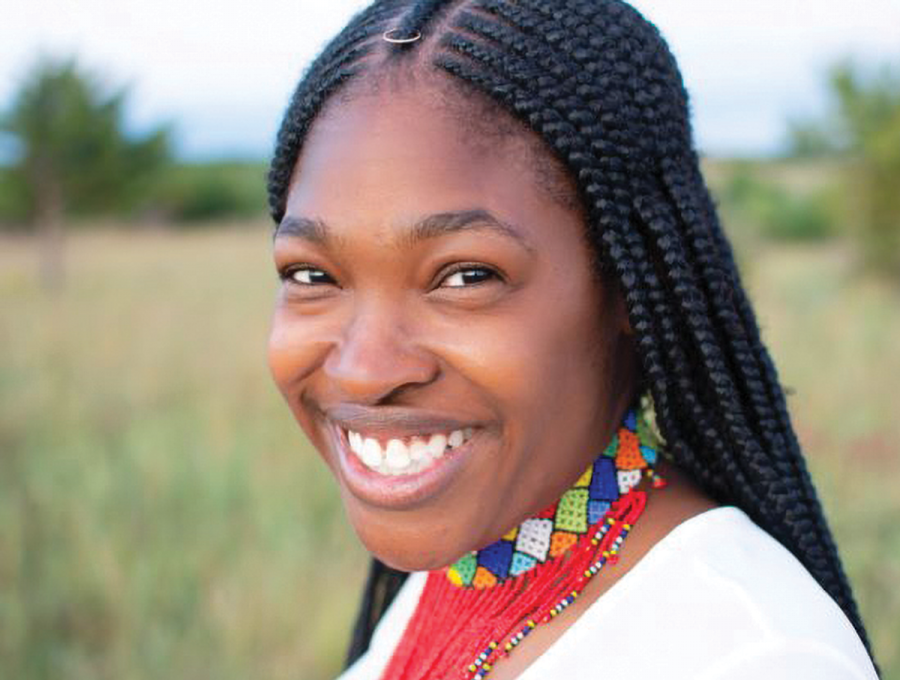
Jessica Elmore, Senior Director of Diversity, Equity, Inclusion, and Belonging Training, CASE
At Mizzou, Gipson was the second CDO; his predecessor was brought on in 2016 after student protests about race. But in his previous role as Vice Chancellor for Diversity and Community Engagement at Arkansas State University, Gipson started in an office of two and built the strategic plan from the ground up.
Staffing, access to the president or provost, and involvement in decision-making conversations with trustees, says Granberry Russell, are all key for a CDO to succeed. Beyond that, budget and resources crucially matter, explains Jessica Elmore, CASE’s Senior Director of Diversity, Equity, Inclusion, and Belonging Training. Before coming to CASE, she served for 12 years as Kansas State University Alumni Association’s Associate Director of Diversity Programs.
“Titles matter, structurally. If you’re a vice president, you have a staff and a level of budget responsibility,” she says. “That’s what I’m seeing in the industry. The question really is: Who’s on your team and what kind of resources do you have? There can be an unrealistic expectation of what [institutional leaders] want you to do.”
2020 Ramifications
The year 2020 shifted the higher education landscape in myriad ways—especially in the DEIB space. Protests, some on college campuses, erupted after the high-profile killings of Black Americans George Floyd, Ahmaud Arbery, and Brionna Taylor.
“2020 was a racial reckoning,” says Granberry Russell. “It sparked a lot of institutions developing inaugural CDO or senior diversity officer roles. You see that on the higher ed side, the corporate side, the nonprofit side. This was a necessity that arose out of the amplification of racial inequities and other inequities as a result of a pandemic and the murder of George Floyd.”

Justin Gibson, Program Director of Diversity Outreach and Engagement, University of Cincinnati, Ohio
Globally, students, faculty, and communities challenged institutions on policies and values about racial justice and equity. Universities around the world launched anti-racism strategies, including dozens in the U.K., according to Universities UK—and someone, or a team of individuals, had to be accountable for the work. This happened outside of higher education, too—but higher education tends to move slowly, acknowledges Justin Gibson, Program Director of Diversity Outreach and Engagement at the University of Cincinnati, Ohio, U.S. But he says 2020 “sped up the conversation. Organizations had to look in the mirror and say: Who are we really?”
Like Gibson, Charleon Jeffries works in diversity within advancement, currently as Assistant Vice President for Diversity, Equity, and Inclusion (Advancement) at Virginia Tech. DEIB work was already happening in higher education—but 2020 gave it a spotlight, she says.
“There were folks doing this work before: They were in the day-to-day [business] of trying to advocate for the types of changes that we’re starting to see,” she says. “There is systemic and cultural change that’s necessary to actualize it. … [Now] it really is about bringing awareness to folks, about what it takes to accomplish DEI goals.”
Two years out, though, the environment has shifted again, says Granberry Russell.
“The current climate has made [this work] especially difficult and stressful. It’s the pushback on the progress that many felt was being made,” she says, referring to proposed U.S. legislation about curricula and critical race theory. “You have laws that are being introduced that are intended to silence the work and scrutinize curricula in ways that [they] have never been scrutinized before. How do you teach history amid this pushback on academic freedom? How do you fundraise?”
With the pressure on, today’s senior diversity leaders have to be change managers (and crisis managers) to help institutions keep up with shifting tides.
Diversity Leaders in Advancement
Just as many colleges and universities have moved to strengthen diversity leadership, leaders within advancement have advocated to integrate DEIB within their teams.
Diversity is a well-documented issue in advancement—starting with staffing and leadership. According to a 2015 CASE survey of advancement offices, most fundraisers are white, and women are underrepresented in advancement leadership. More recently, a 2020 survey from the College and University Professional Association for Human Resources found that 13% of university fundraisers identified as nonwhite. Meanwhile, today’s students, alumni, donors, and volunteers are becoming increasingly diverse—and as Angelique Grant and Ron Schiller wrote in their 2021 book, Diversity, Equity, Inclusion in Advancement: “Those who have not yet figured out how to embrace that opportunity are quickly being left behind, engaging fewer constituents and raising less money.”
But the reasons for adopting DEIB in advancement goes beyond reaching more alumni and raising funds.
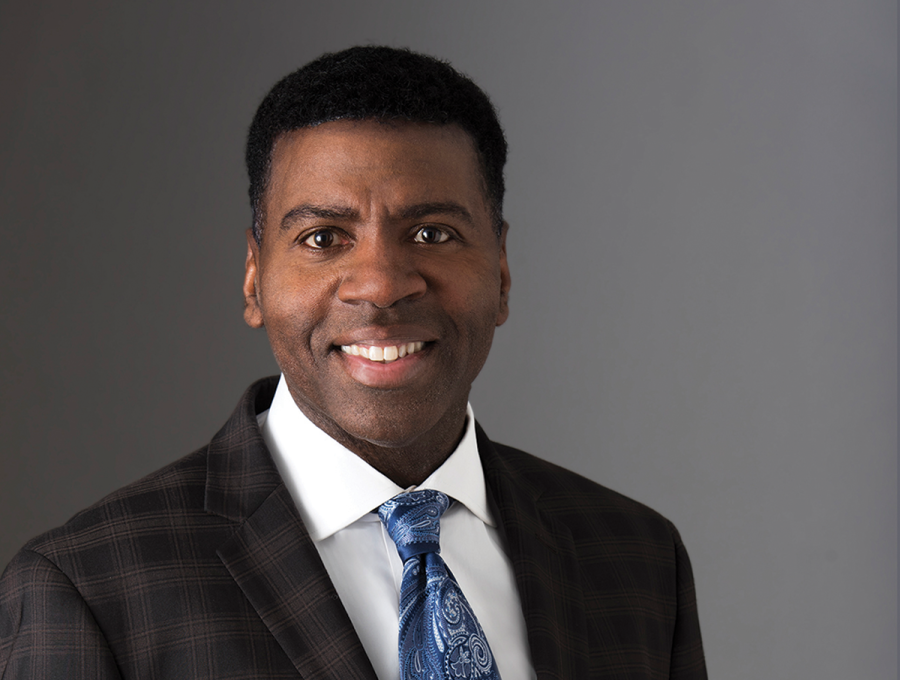
Rob Henry, Vice President of Development, Culture, and Talent, CASE
“It’s really about a cultural shift,” says CASE’s Vice President of Development, Culture, and Talent, Rob Henry. He’s worked to usher in this change during his long tenure in higher education. Initially, working in student affairs, he encountered colleagues with a kaleidoscope of lived experiences. But he was shocked and dismayed to see diversity dissipate when he moved into advancement and virtually disappear as he climbed the ranks of leadership.
“There’s a perception that this work should be easy in advancement because so many people are committed to diversity,” he says. “But in order to really do this work, you have to be committed to making structural change because the status quo wasn’t built with everyone in mind.”
Experiencing that disconnect motivated him to make diversity part of his life’s work. Now, his role at CASE positions him at the center of internal and external training and professional development.
“There’s no way to engage in this type of work from a distance,” Henry says. “You’ve got to internalize DEIB to do this work justice, and that means it starts within yourself, your team, and your institution before it can lead to meaningful change. The same is true of CASE and our staff. We could not deliver to members what we ourselves didn’t embed in our own culture and internal processes.”
While CASE has been working in this space for some time, change in advancement has been slow. In the aftermath of 2020’s protests and CASE’s launch of its new strategic plan, CASE has rededicated its efforts to identifying and dismantling systemic barriers in advancement. It’s launched several initiatives, including the Opportunity and Inclusion Center; a new partnership to develop best practices for collecting, storing, and using demographic data in fundraising; and a U.K. pilot DEIB survey.
CASE’s programs aimed at developing leaders—whether by building their cultural competency and awareness or helping them grow their teams to better reflect their communities—are what excites Henry the most.
“This is collective work, but it still starts with leadership,” Henry says. “It always takes leadership buy-in, understanding, and investment to move this beyond a talking point.”
Jeffries has seen this firsthand, both now at Virginia Tech and in her previous role leading diversity, equity, and inclusion within development and alumni relations at Penn State.
“If we can really get our advancement officers, our deans, our volunteers, and donors looking at the vital role DEI plays in the success of our institutions, we have an opportunity to impact the systemic and structural changes necessary to actualize equity,” she says.
One example: At Penn State, she worked to embed DEIB in advancement staff members’ performance evaluations. That gave managers a way to talk about gaps in training to be culturally competent as fundraisers or alumni engagement professionals.
Like Jeffries, UC’s Gibson has been working to bring diversity and inclusion to alumni engagement since he was recruited to work for his alma mater in 2016. During the past five years, Gibson has cultivated and strengthened UC’s Black, LGBTQ+, and Latino affinity groups; its veterans; and its Golden Bearcats, who graduated 50+ years ago.
DEIB leaders in advancement, like Gibson and Jeffries, undertake many of the same tasks as do CDOs, just within their units: training staff on cultural competence, stewarding relationships, and planning inclusive events, for instance. Gibson has been successful, in part, because he has a good relationship with his CDO—herself a former gift officer.
CDOs and Advancement Partnering Up
Even when chief advancement officers and CDOs are sitting at the same (sometimes literal) table, their offices can have surprisingly little interaction, says Granberry Russell. But partnership between advancement and diversity leaders can be mutually beneficial for thought leadership, fundraising, and beyond.
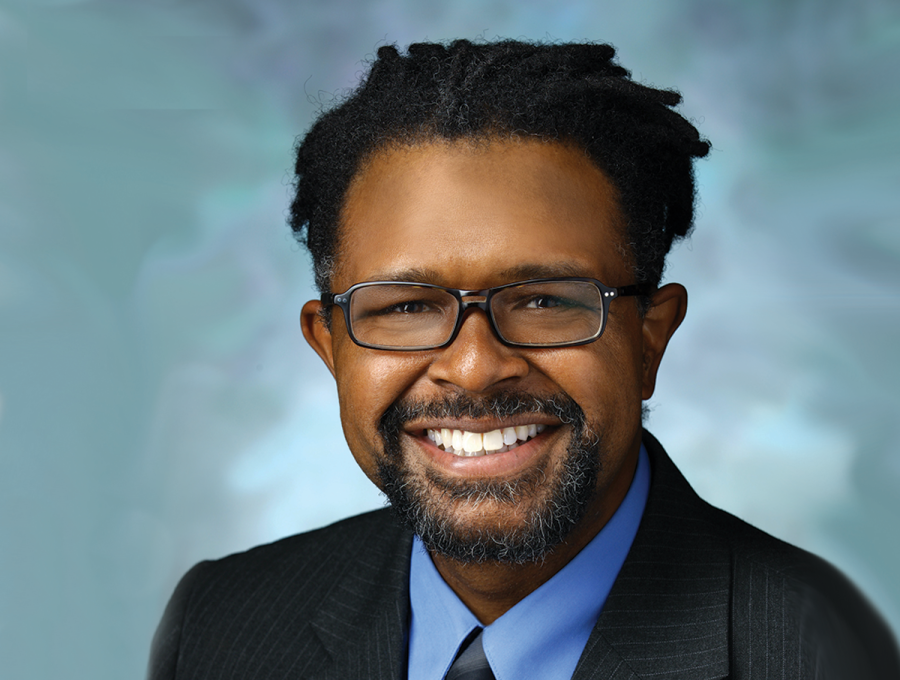
Ben Fiore-Walker, Senior Director of Opportunity and Inclusion Center, CASE
Few CDOs have advancement experience, points out Ben Fiore-Walker, Senior Director of CASE’s Opportunity and Inclusion Center.
“But the really successful ones are the ones who see diversity as a resource that’s there to be harnessed to help the institution advance,” he says.
One area in which advancement and CDO teams can work together is outreach to diverse donors. At UC, for instance, Gibson meets plenty of Black alumni who graduated decades ago who feel they graduated in spite of the institution, not because of it. After graduation, “they went on to lead incredible lives, but [they] don’t feel connected at all to their alma mater,” Gibson said.
That was Granberry Russell’s personal experience too as a first-generation student at Michigan State University. CDOs, CAOs, and their teams can “address the assumptions about who gives and who doesn’t give” and think through trust building for these communities, she said. Both teams need to be culturally competent.
“Don’t be afraid to acknowledge and work with CDOs; reach out to them,” she advised development teams. “They may be able to reach into communities you haven’t reached yet or give you the skill sets you need to work with diverse communities.”
But this goes both directions: Advancement professionals can help CDOs understand the “connectors” on campus to reach diverse constituents. When she was at Kansas State, Elmore offered her CDO a primer on campus student groups, along with the names of the staff members most connected to alumni. For his part, at Mizzou, Gipson has aimed to meet with every single student organization—even those within Greek life, a historically racially divided arena—to give constituents a chance to ask him questions. That’s part of his goal to build community.
Gipson has a background in fundraising—but since many CDOs don’t, advancement teams can help them understand their roles in the development cycle, says Elmore. They may not realize their lunch meetings, say, are part of the cultivation experience—and that they need to be ready when a donor, graduate, or community member says, “I care about diversity, so what can I do to help?”
Embedding Diversity and Inclusion
Ultimately, advancing DEIB and building an inclusive campus environment isn’t just the job of the CDO or senior leaders in advancement.
“It can seem like, ‘Oh, we hired someone who’s in charge of that.’ But each of us has a personal responsibility. It’s everyone [who is] responsible for it in a big or small way,” says Gibson.
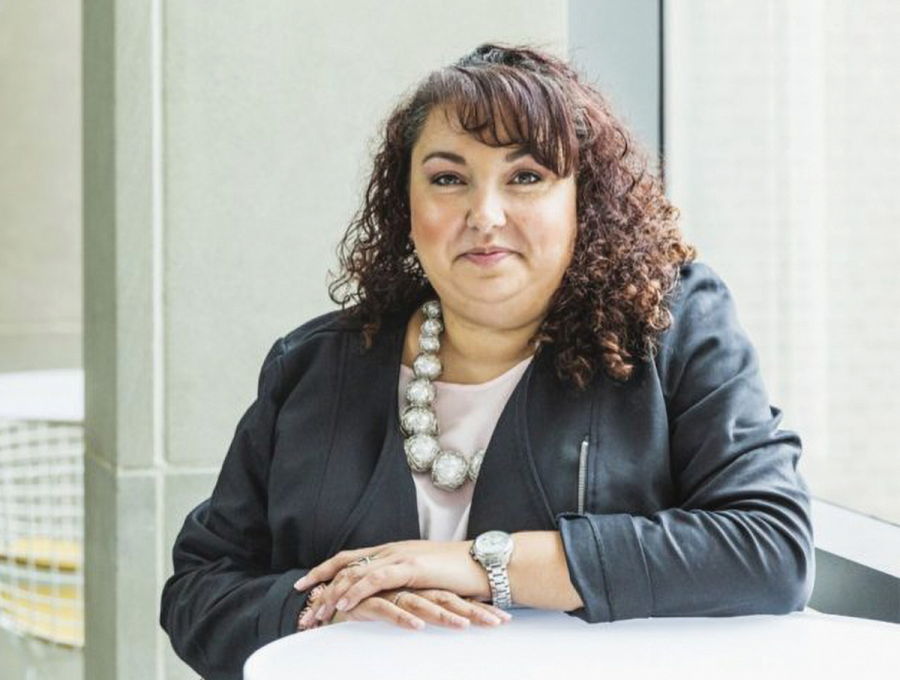
Charleon Jeffries, Assistant Vice President for Diversity, Equity, and Inclusion (Advancement), Virginia Tech
That’s why some teams (like Penn State’s) embed DEIB in advancement staff evaluations—but also why institutions are increasingly enhancing trainings for hiring panels, making sure events are inclusive, or stewarding donors in culturally appropriate ways, says Jeffries.
“It embeds this in those key places where business happens, organically transitioning it into all our responsibilities,” she says. “Can we think a little more intentionally about our processes, or inclusively about our event locations? Can we include closed captioning or consider lighting for neurodivergent individuals? It expands the way everyone comes to the table and asks questions like, ‘What am I missing?’”
Mindset shifts and structural change take time. But there are meaningful steps teams and individuals can take to “ground this work,” as Jeffries phrased it, and support a culture that allows senior diversity leaders’ work to take root.
For CDOs and diversity professionals, the road ahead may be long. Leaders today must balance urgency with the long arc of structural change.
“This is not performative—we have hard work to do around policies, practices, and procedures that are barriers to racial equity. Anyone who is a student of this has to acknowledge that we don’t want to be having this conversation 50 years from now,” says Granberry Russell.
She, like Gibson at UC or Jeffries at Virginia Tech or any number of diversity leaders on campuses around the world, came to this work because she believes in it—that it’s vital and necessary for colleges and universities to champion DEIB to thrive in the future.
For Gipson at Mizzou, one story keeps him going. Gipson once met a student who had a $1,000 balance with the university that he couldn’t pay. That balance kept the student from graduating for two full years.
“Every day, I come to this office to make sure those things don’t happen,” he says.
About the author(s)
Meredith Barnett is the Managing Editor at CASE.
Tags
Article appears in:
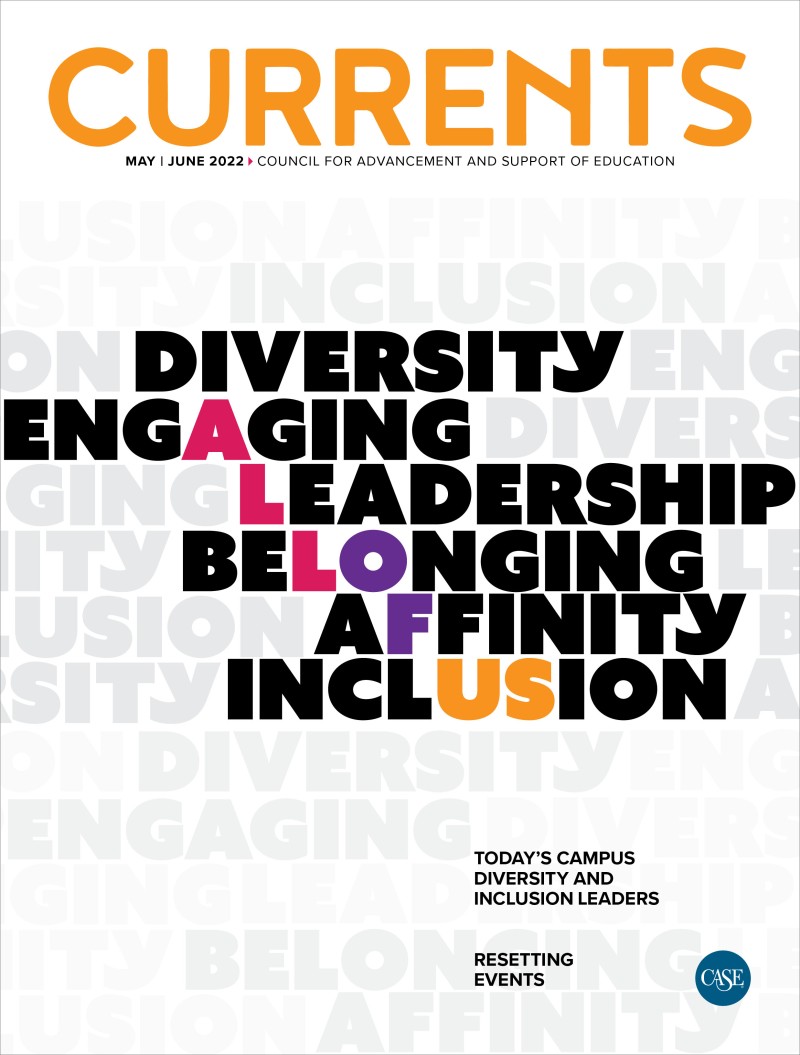
May - June 2022
Diversity and inclusion, engagement, leadership: Inside the challenges and opportunities for senior diversity leaders in higher education; integrating alumni relations and development; and resetting in-person, online, and hybrid events.
